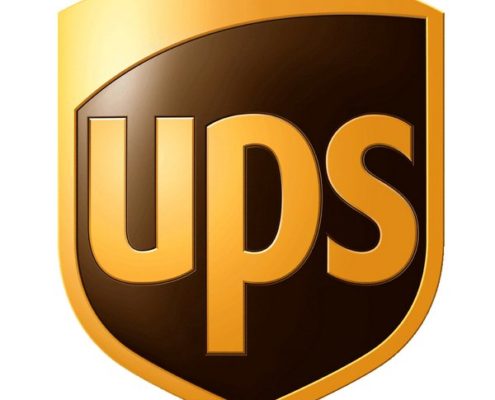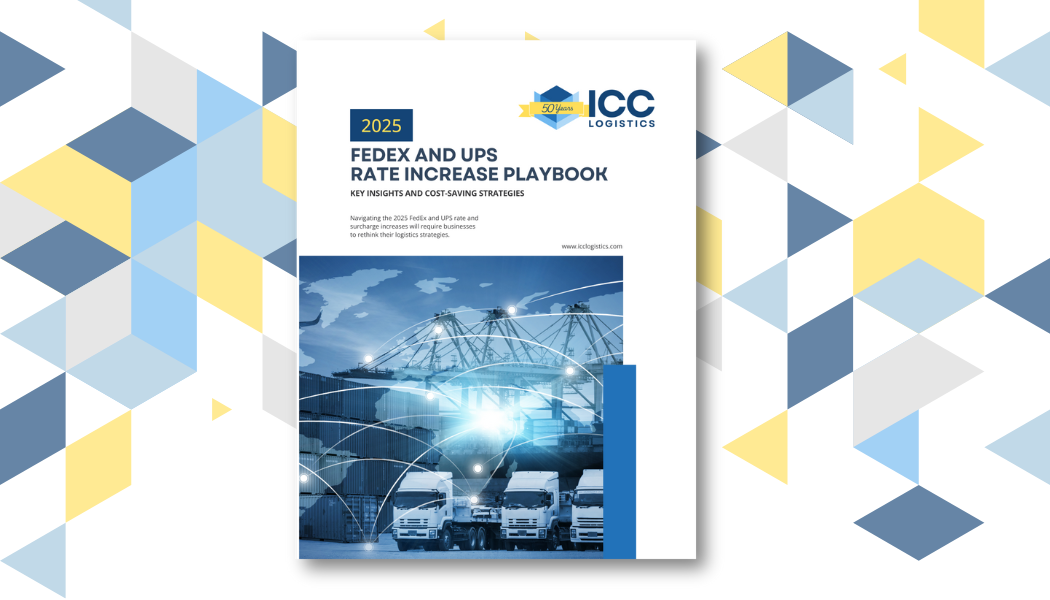 It’s hard to believe, but it’s been more than 20 years since the last UPS strike. Having said that however, anyone who was around to experience that last strike in 1997 certainly does not want to see another one here in 2018. Back in 1997, alternative shipping options were much more limited then than they are today and parcel deliveries were literally brought to a grinding halt. Something no one wants to see repeated.
It’s hard to believe, but it’s been more than 20 years since the last UPS strike. Having said that however, anyone who was around to experience that last strike in 1997 certainly does not want to see another one here in 2018. Back in 1997, alternative shipping options were much more limited then than they are today and parcel deliveries were literally brought to a grinding halt. Something no one wants to see repeated.
An overwhelming majority of UPS workers, (93% from the package unit and 91% of the UPS Freight employees unit), have authorized the Teamsters Union to call a strike should it become necessary. The current UPS Teamsters contract expires at the end of July, 2018.
What is so interesting about this year’s potential strike threat is the convergence of a variety of elements that we have not seen in quite some time. First and foremost is a very strong economy, one that is much stronger than we have seen in the past two decades. Secondly, is the explosive growth of on-line shipping volumes that continues to enhance revenues for the major parcel carriers including UPS, FedEx, and USPS.
And finally, a direct result of all of this “good news” is an increase in new service providers in the parcel delivery space, including dozens of regional parcel carriers, several LTL carriers entering the parcel delivery business and of course, let’s not forget “Shipping with Amazon” the official title of Amazon’s parcel delivery network.
So when we analyze all of these factors in an effort to “read the tea leaves” as to whether or not there will actually be a strike by the UPS workforce, we encounter the following key points for consideration.
- Back in 1997, there weren’t as many parcel shipping options as there are today, so all of the business UPS could not handle when they were on strike was diverted to FedEx and the USPS.
- What many shippers did not understand back in 1997, but hopefully have a better understanding of today, is the fact that if there is a UPS strike, FedEx typically has provisions built into their contracts that limits the amount of additional packages they will agree to handle. So for those shippers that believe they can merely divert their UPS business to FedEx, Forget it!
- Back in 1997, USPS was thoroughly bogged down with the tremendous amount of additional package volume they had to handle in place of UPS. While the USPS delivery network is much stronger today than it was back in 1997, the additional volumes USPS would be required to handle if UPS were to strike in 2018 would certainly take a toll on its delivery effectiveness.
- In our opinion, the Teamsters obviously feel this is a good time to authorize a strike to add some additional pressure against UPS during the bargaining sessions that are now taking place and will continue we believe, well after the July 31 deadline. That’s pretty much a given as we have seen in previous years.
- And finally, it’s anyone’s guess as to whether UPS will actually strike or not. However, from our crystal ball, we believe UPS and the Teamsters will agree to a new contract without a strike actually occurring. Both sides obviously see the value in helping each other obtain the best deal possible for each side. While they certainly won’t admit that as part of their individual negotiating strategy, unfortunately, the shipping community will have to develop any number of contingency plans, just in case. Remember “failure to plan results in a plan to fail.”
Of course, we’d love to hear your opinions on this matter.



 to receive our FREE white papers:
to receive our FREE white papers: